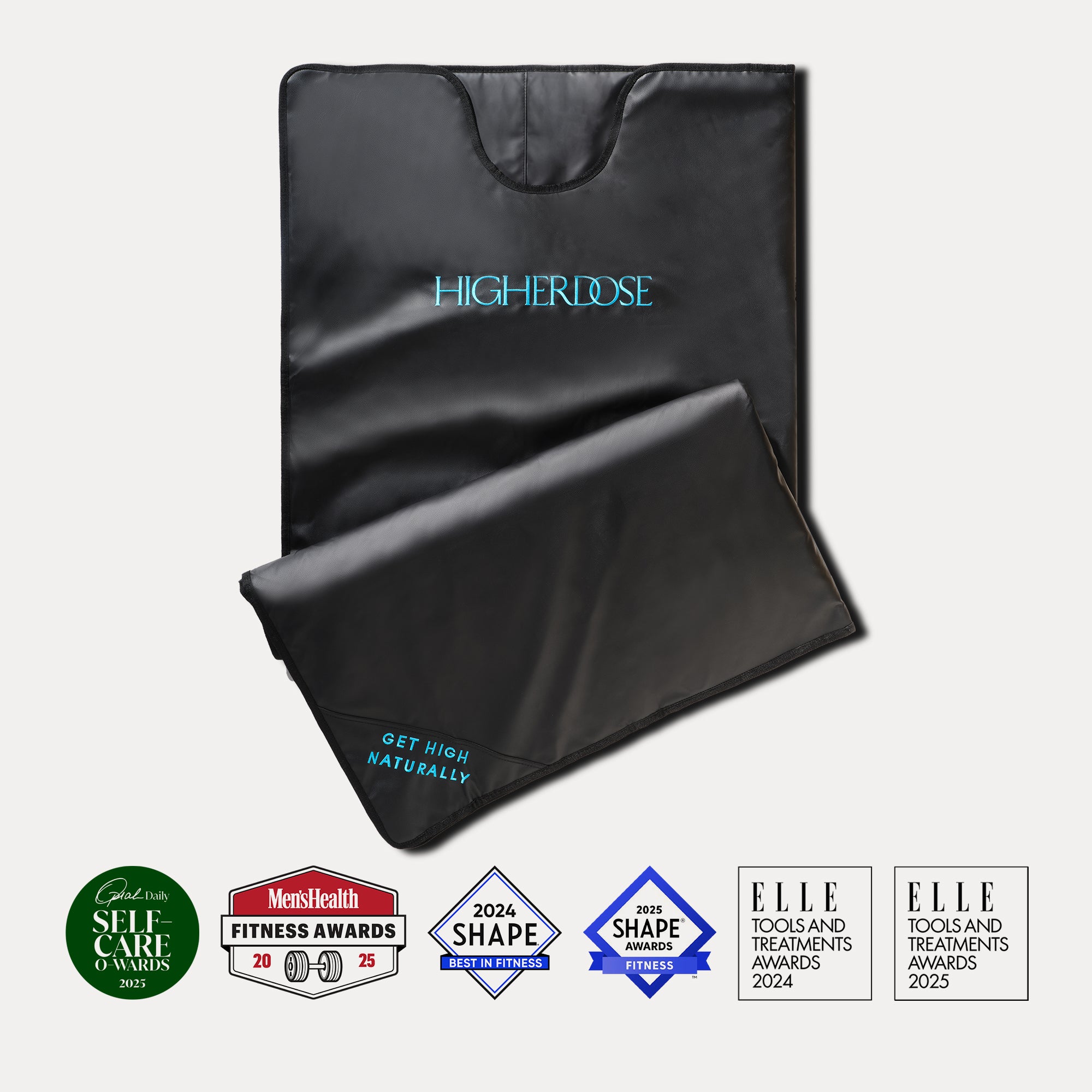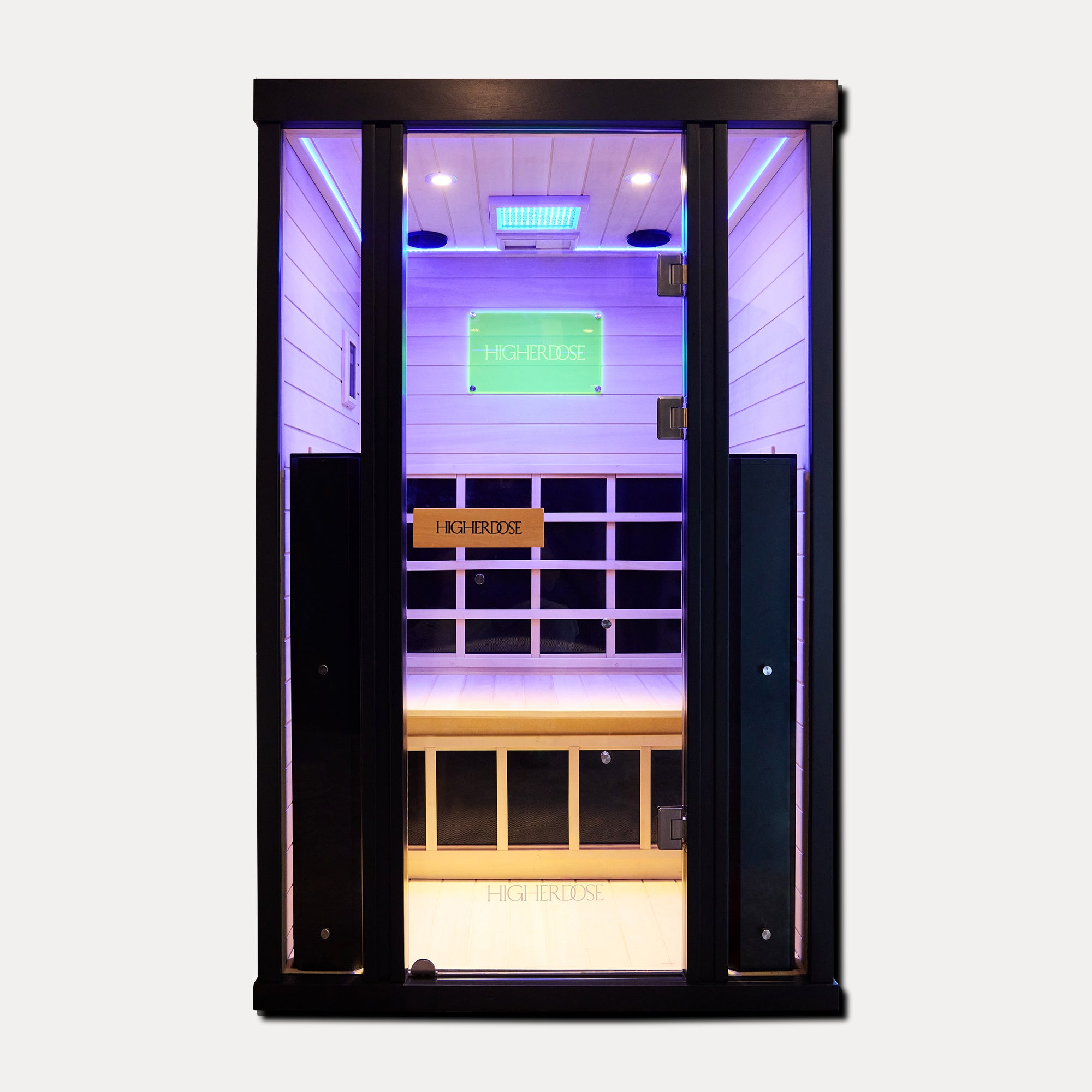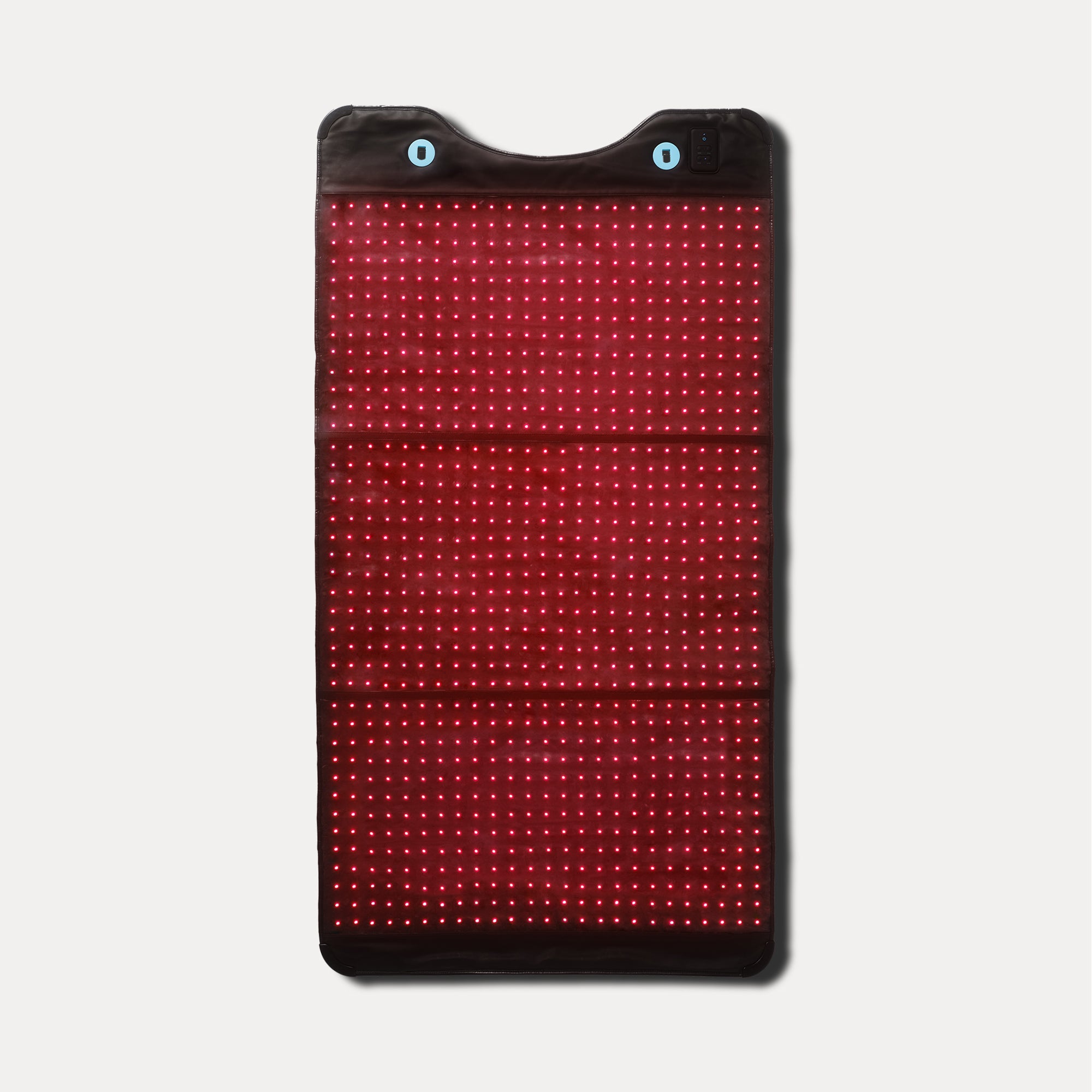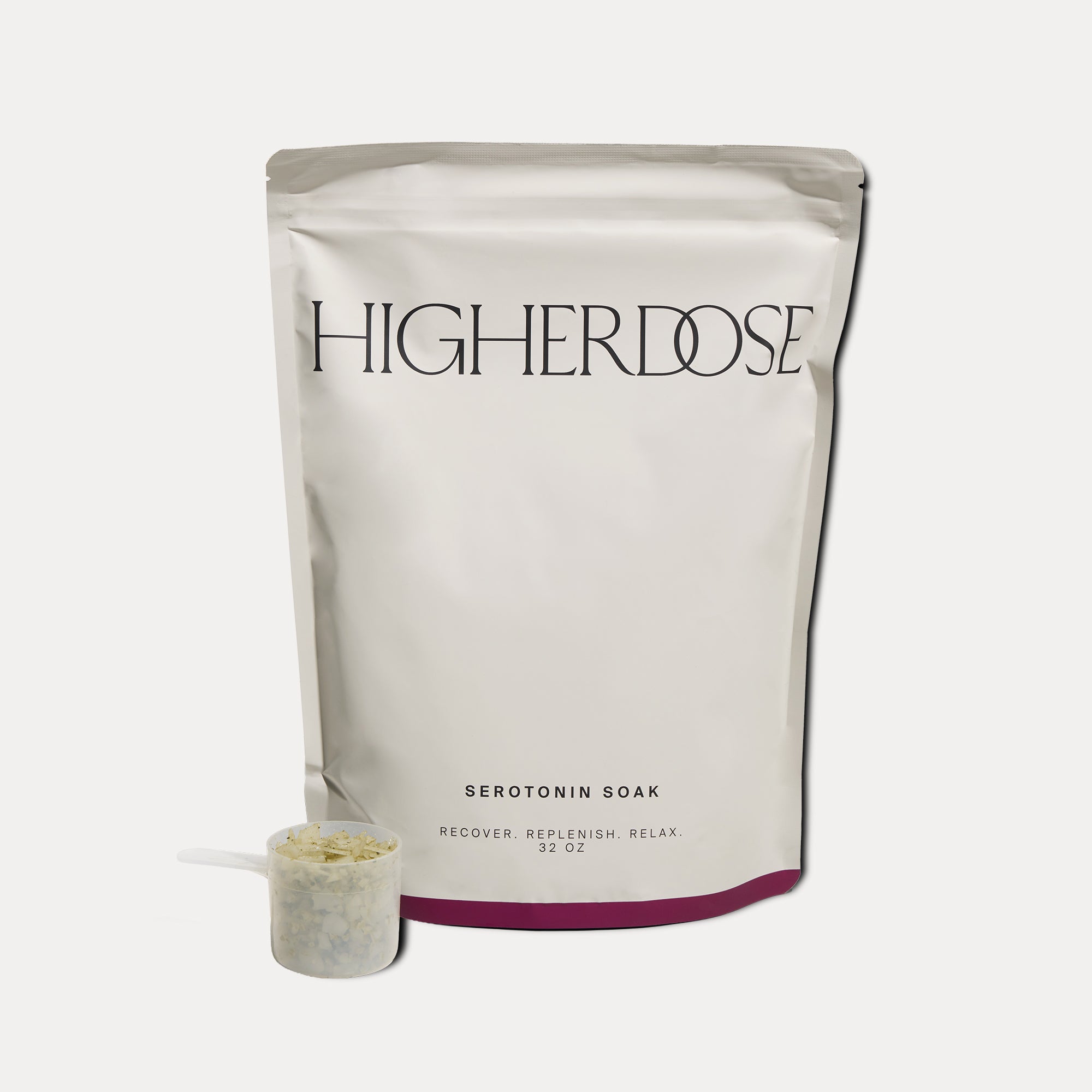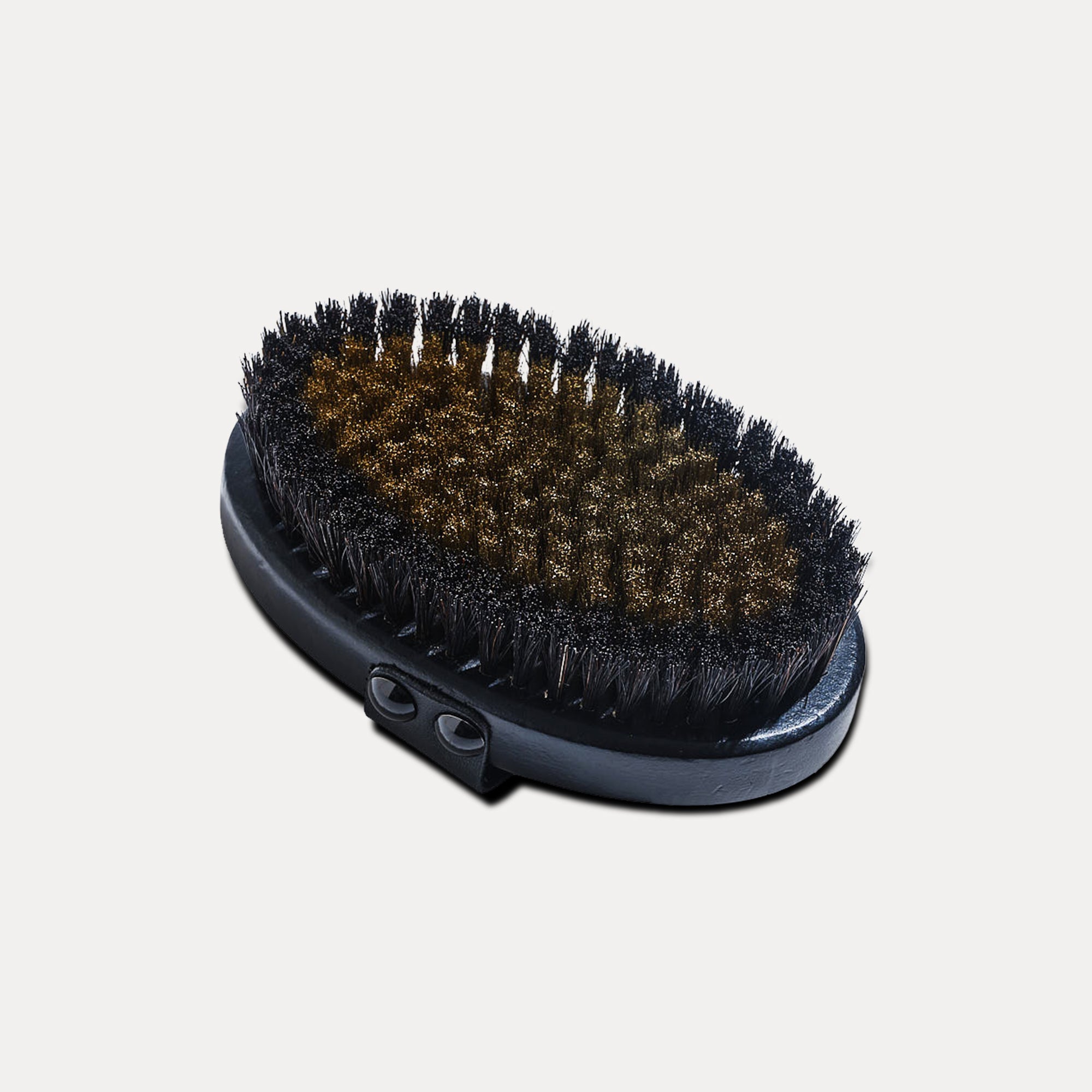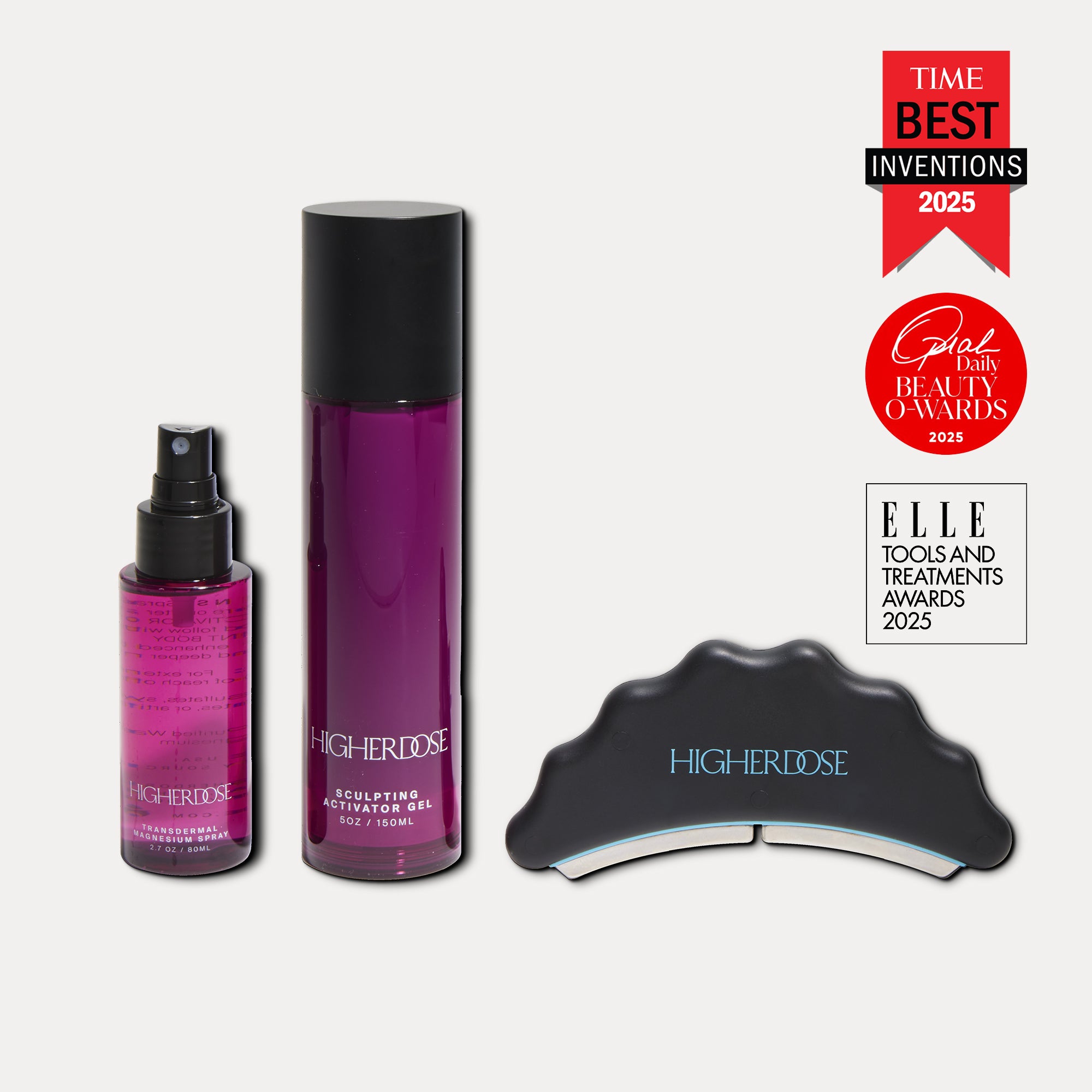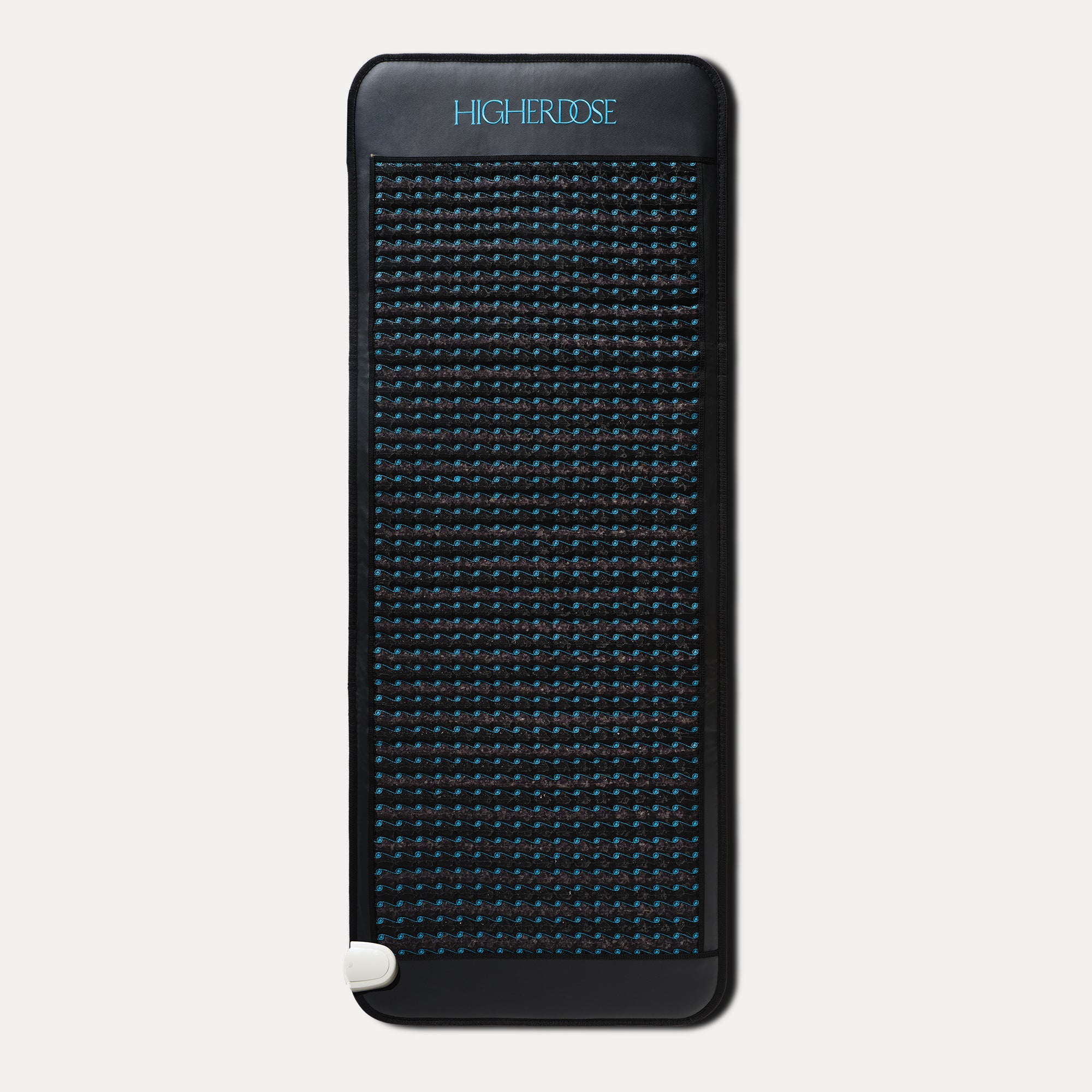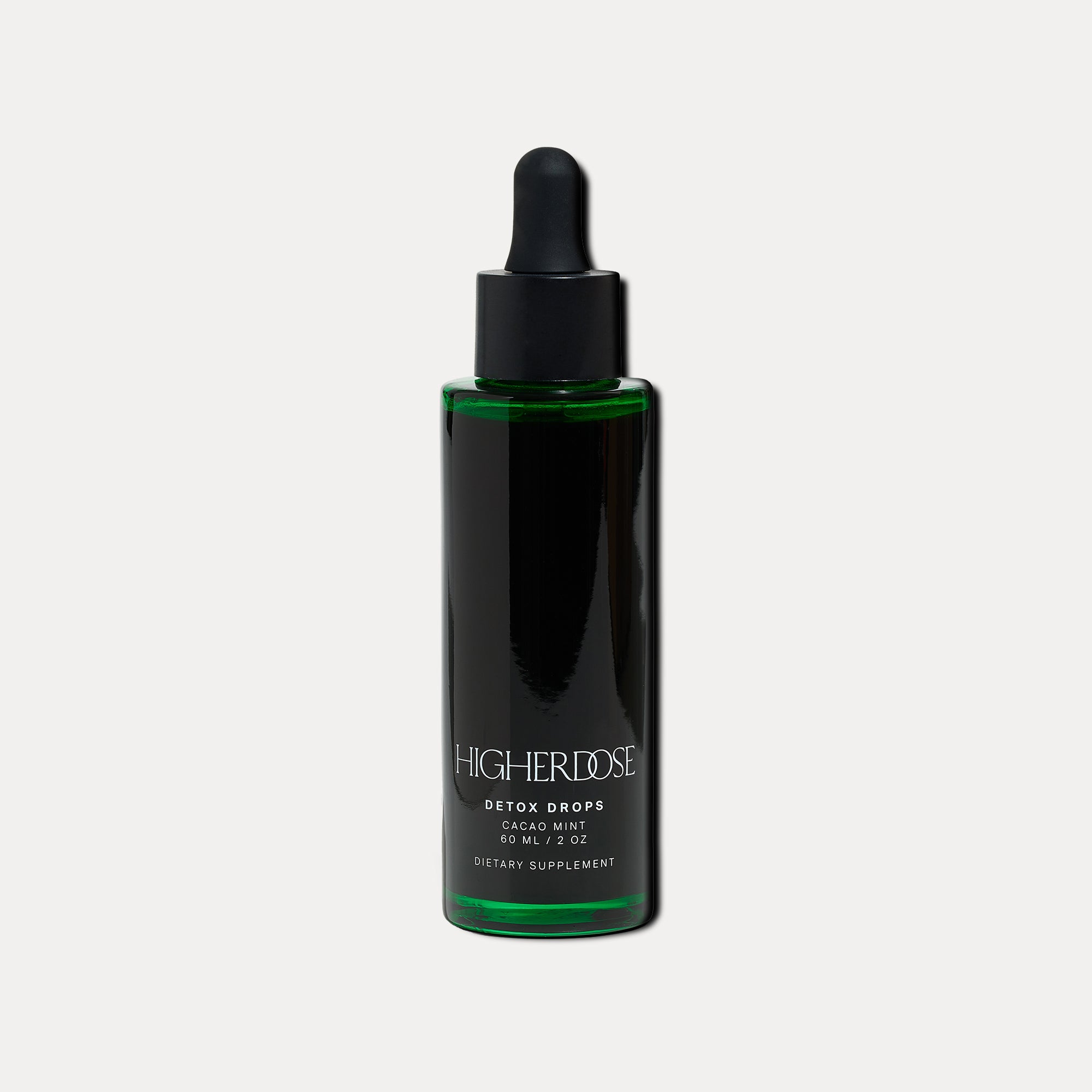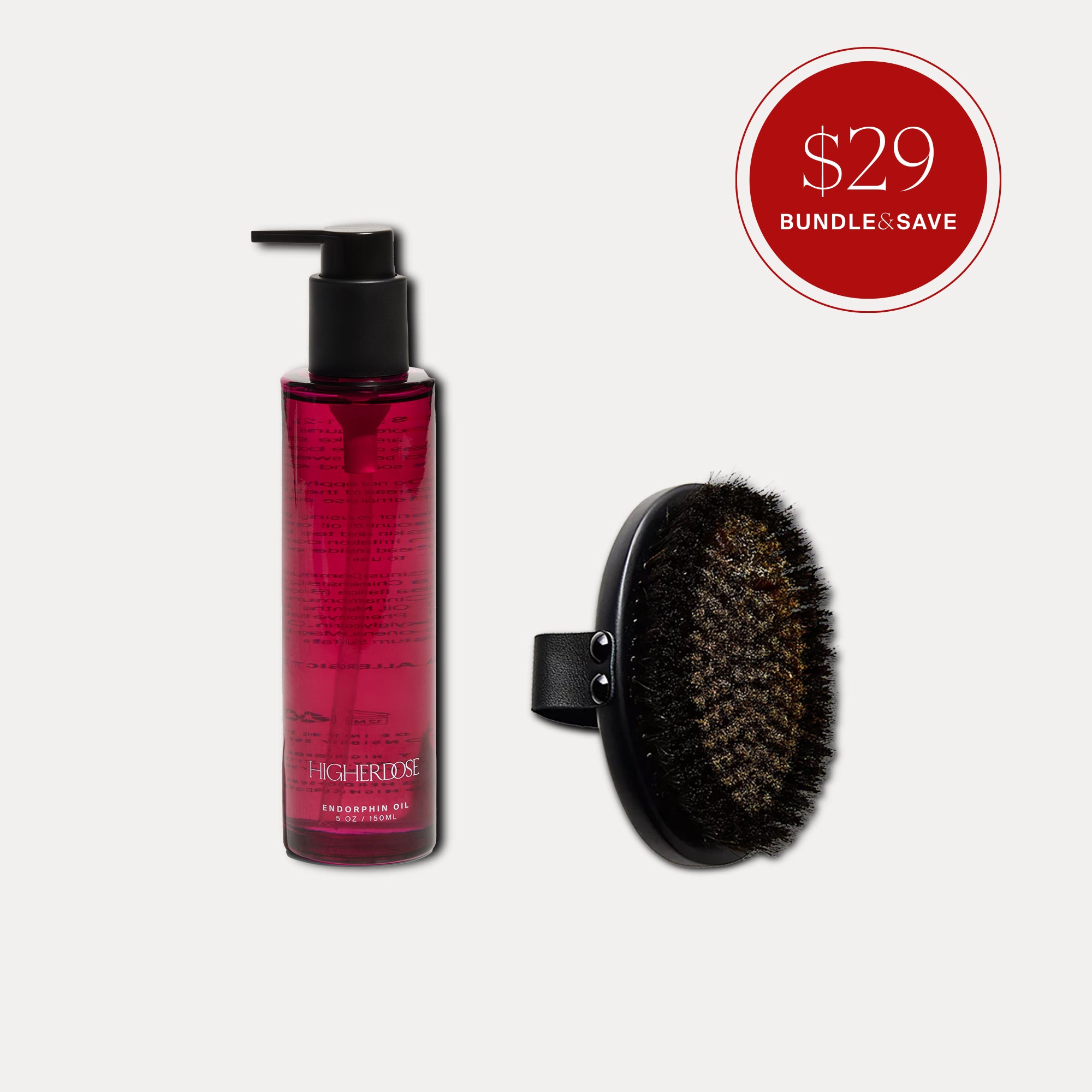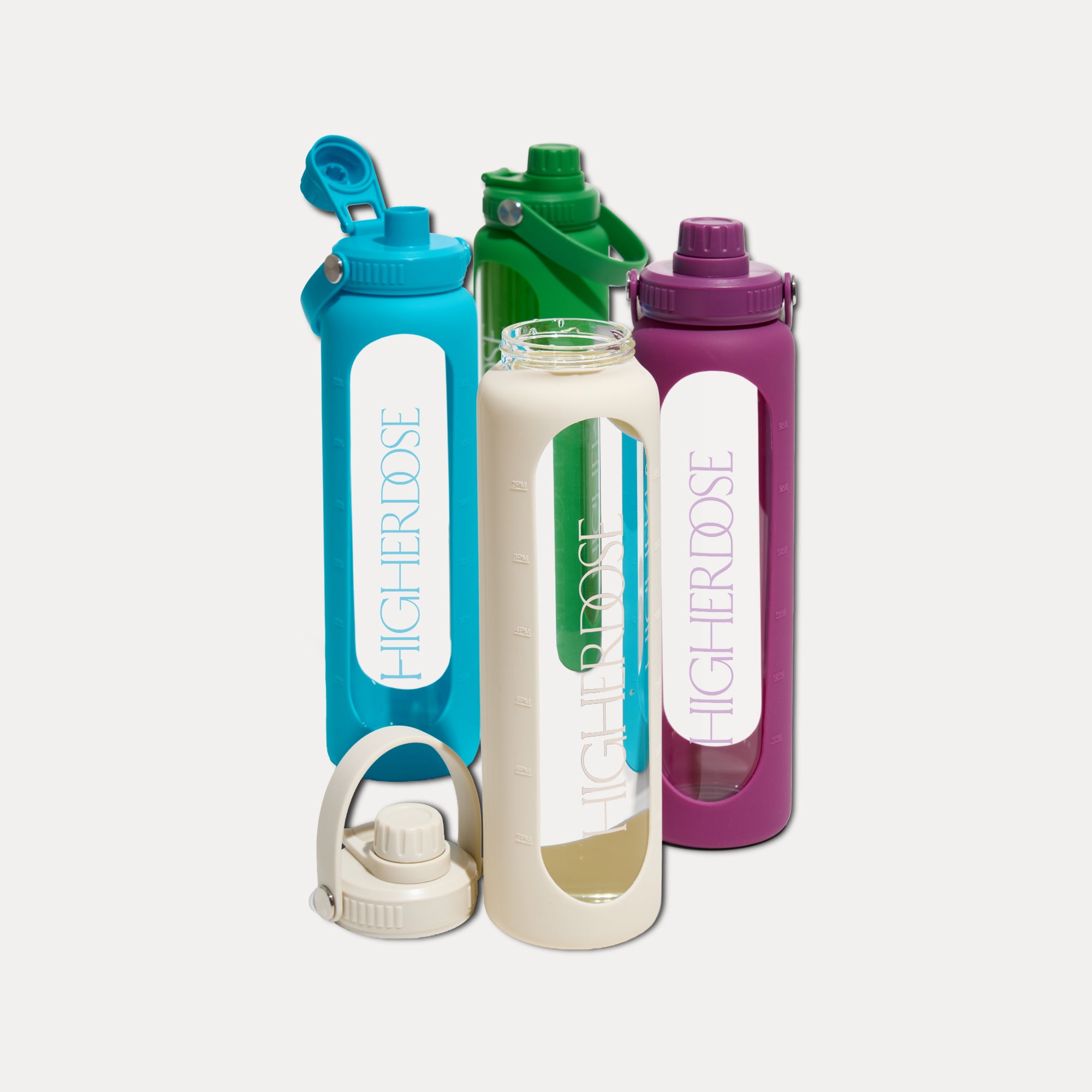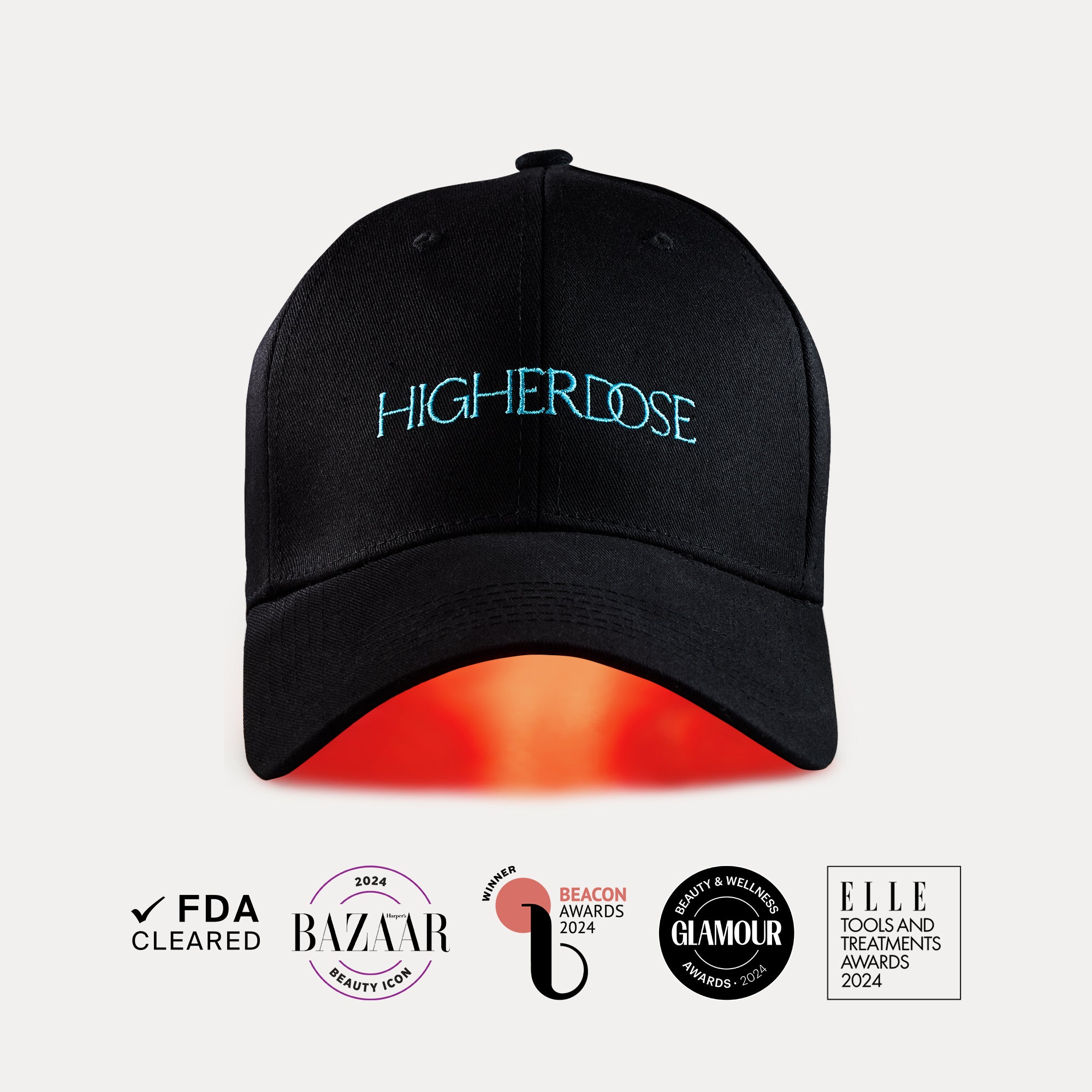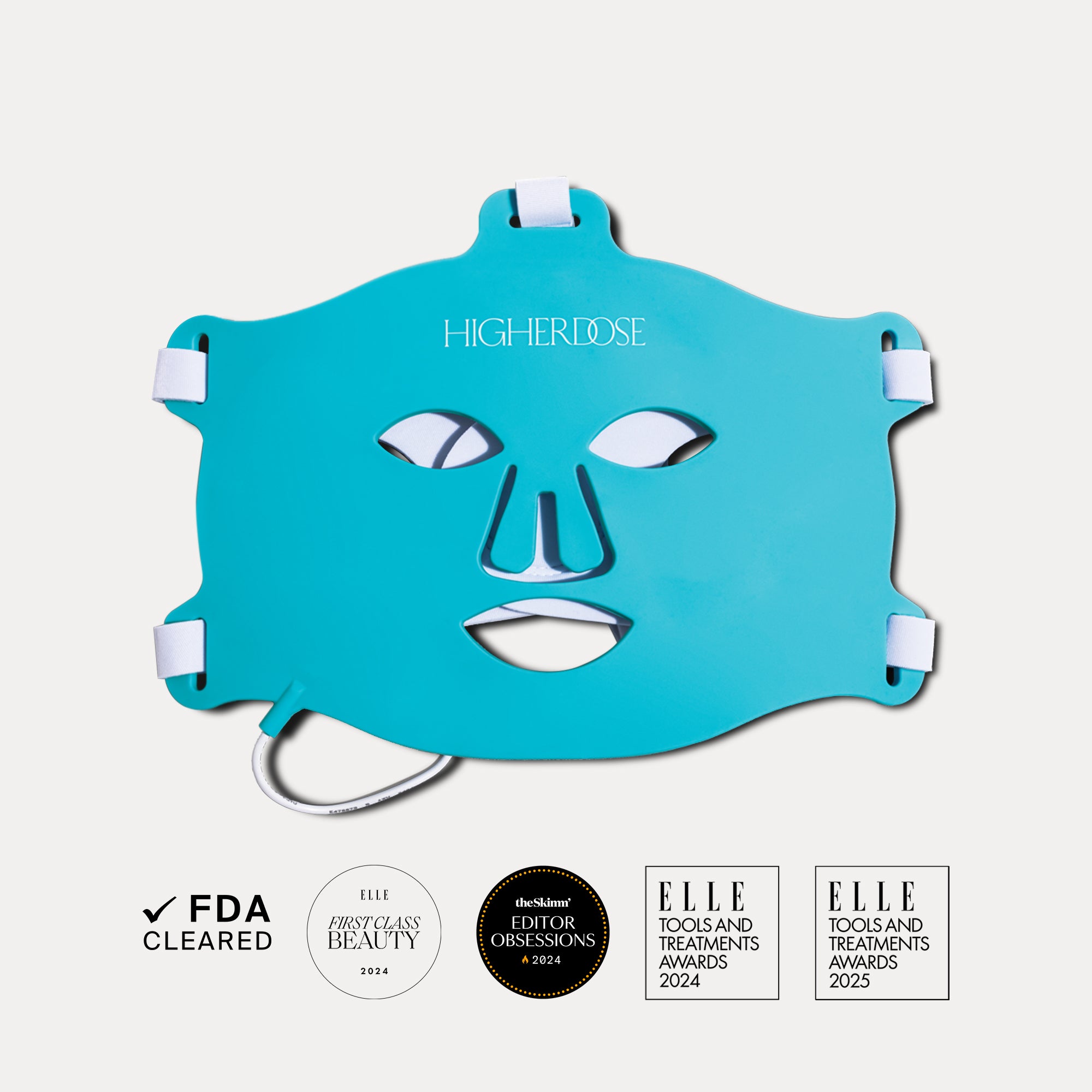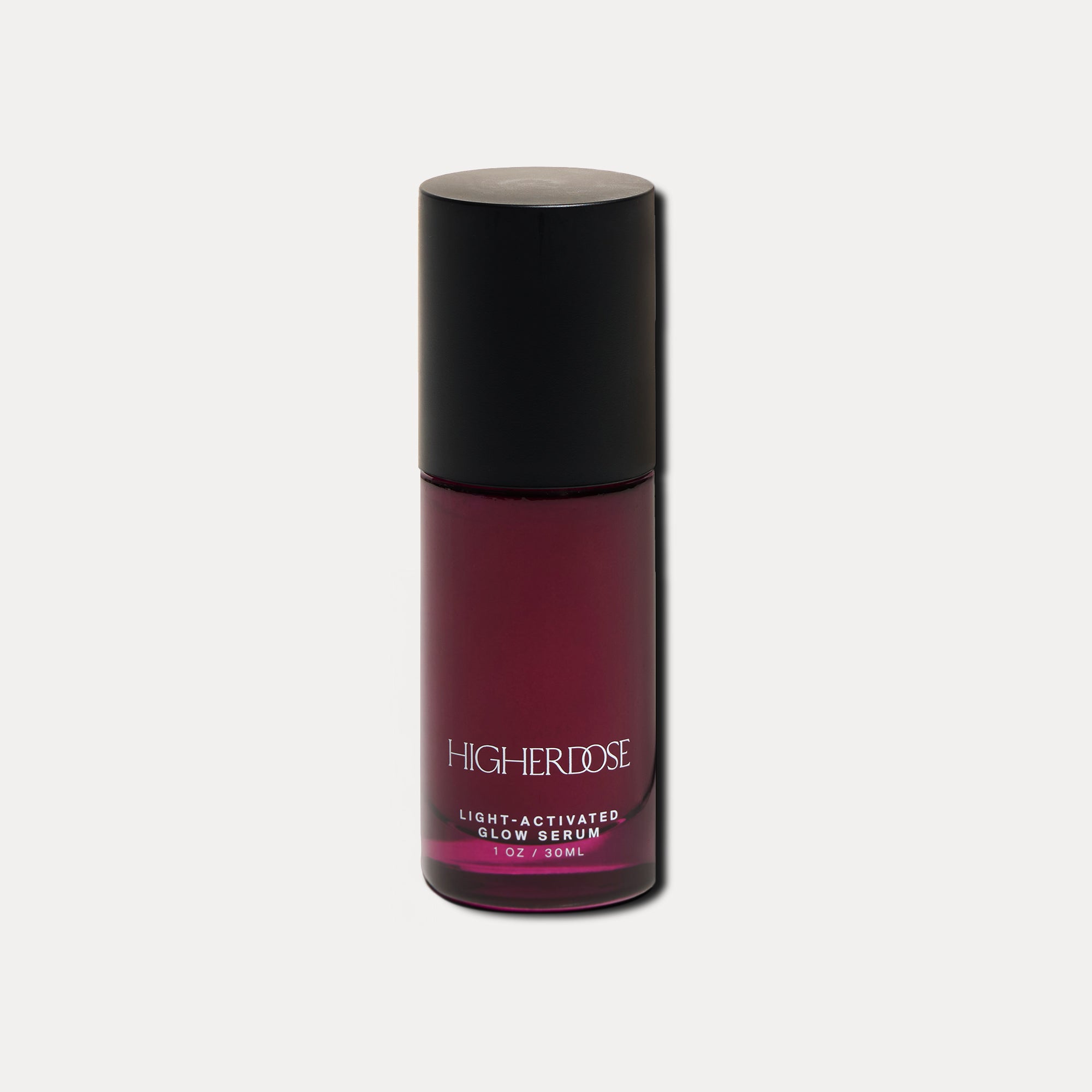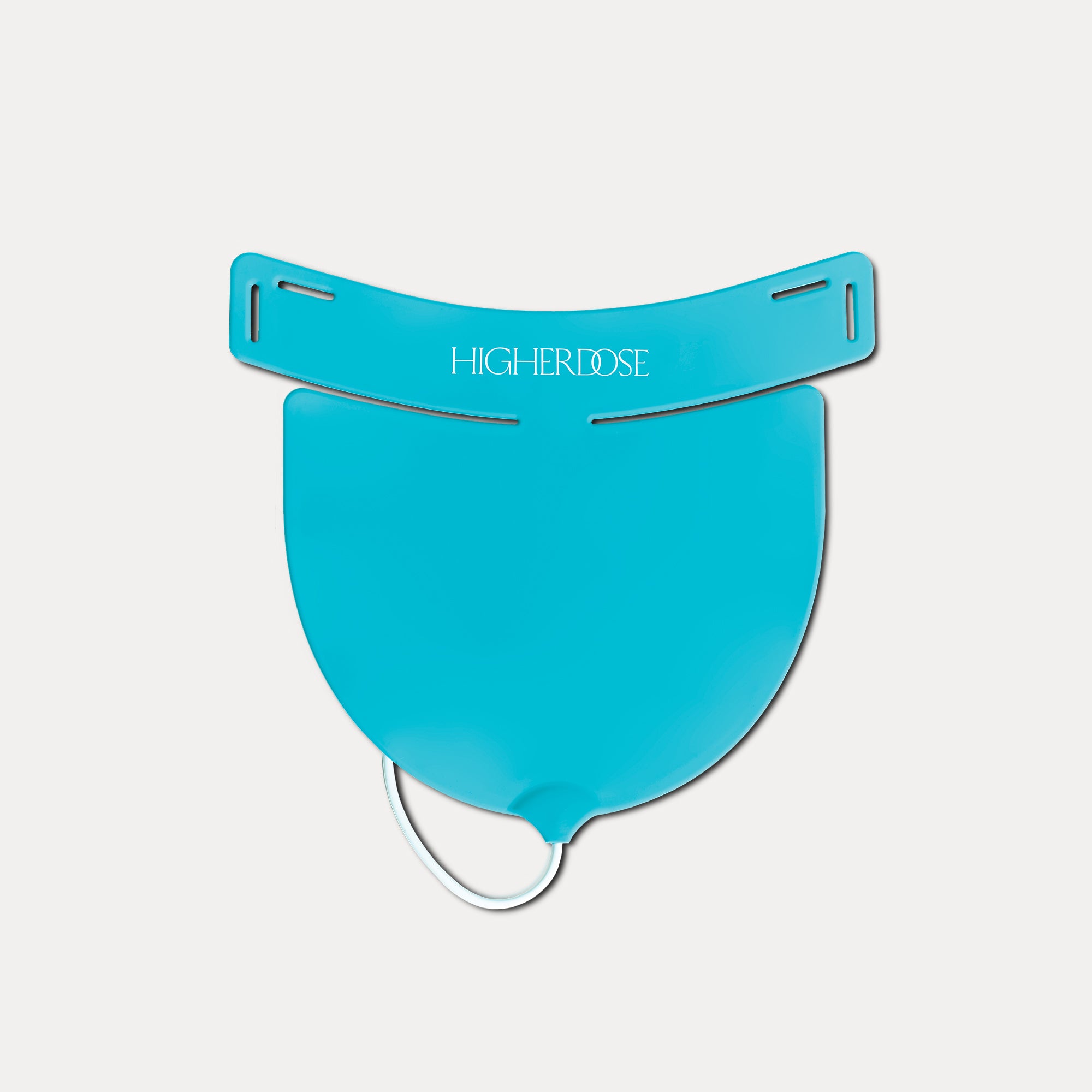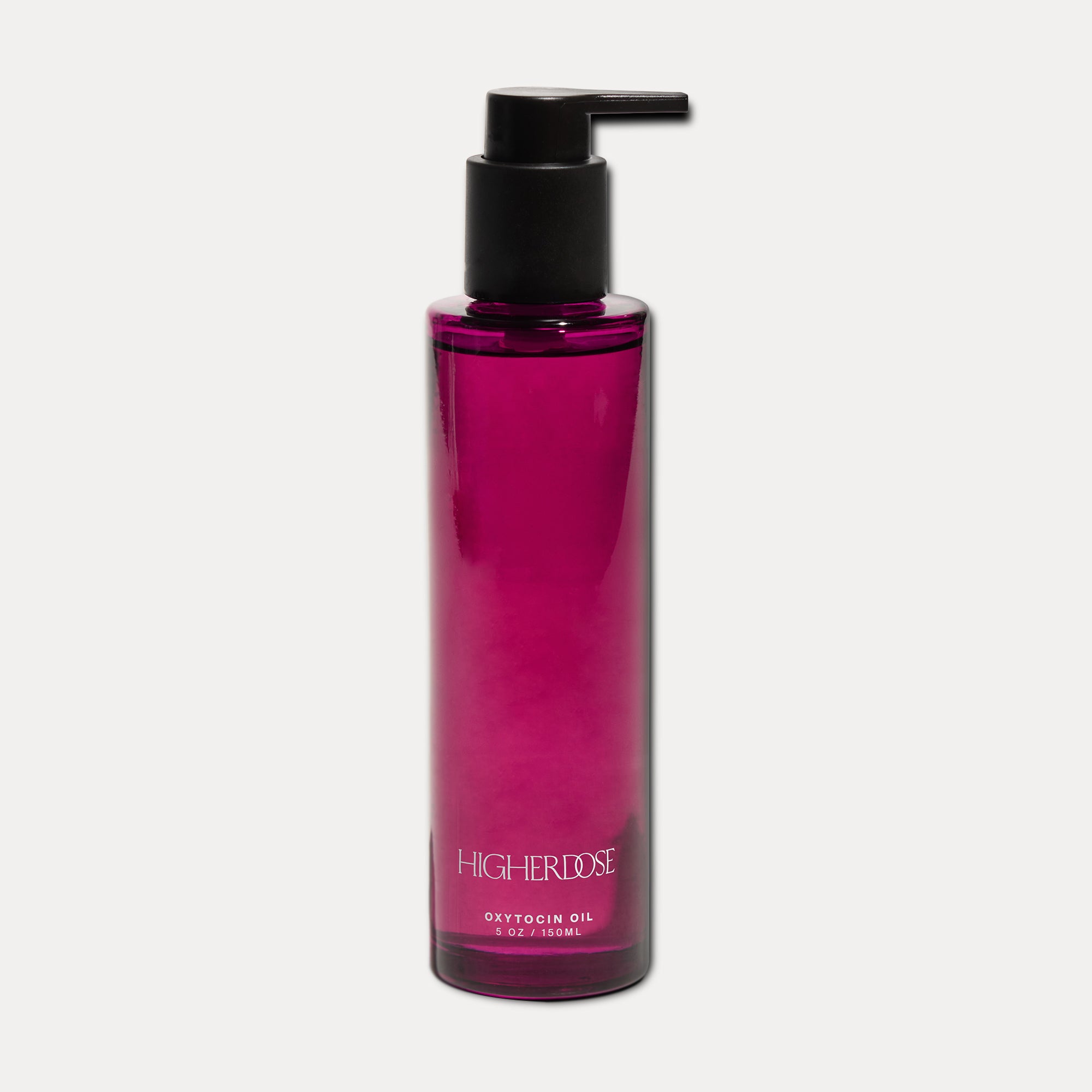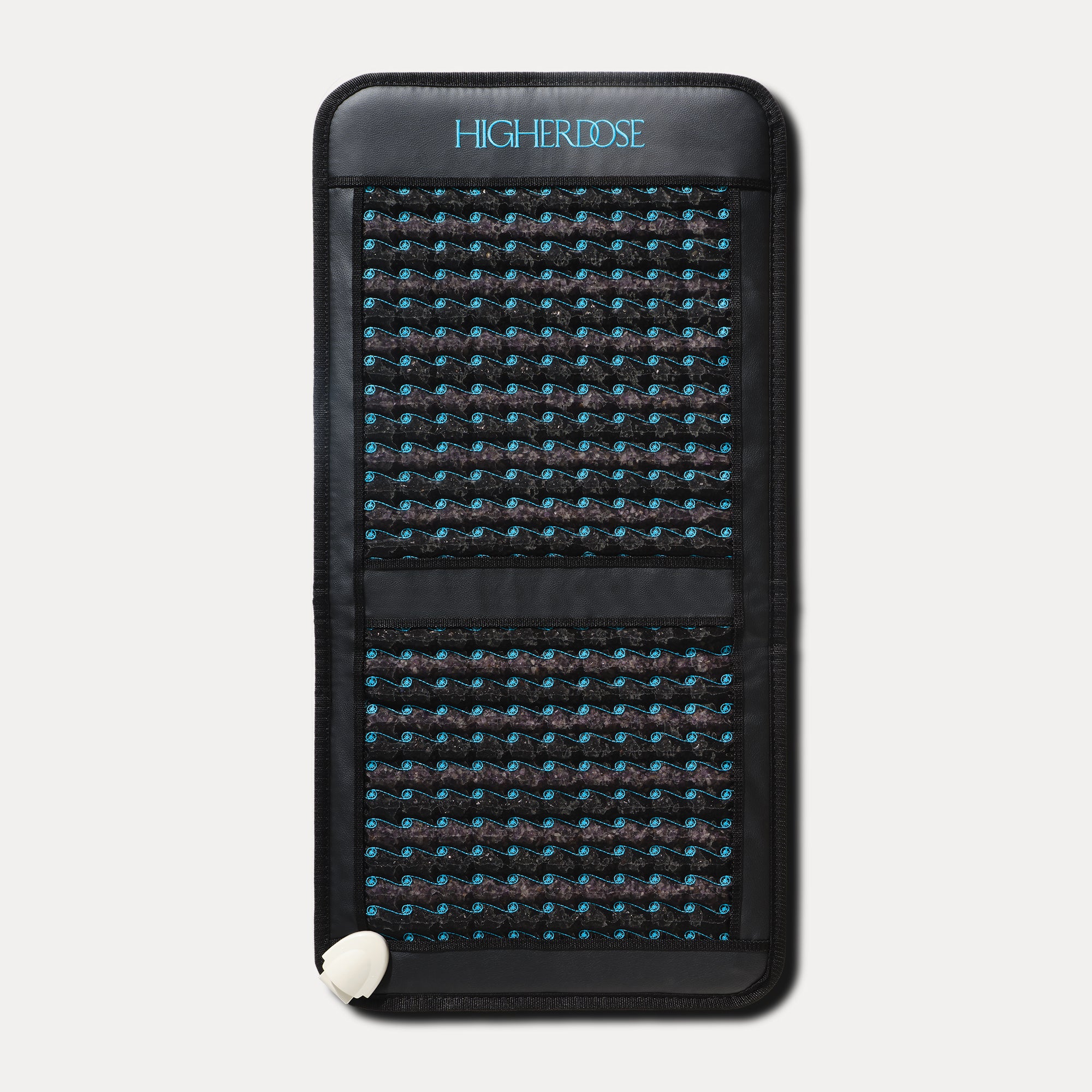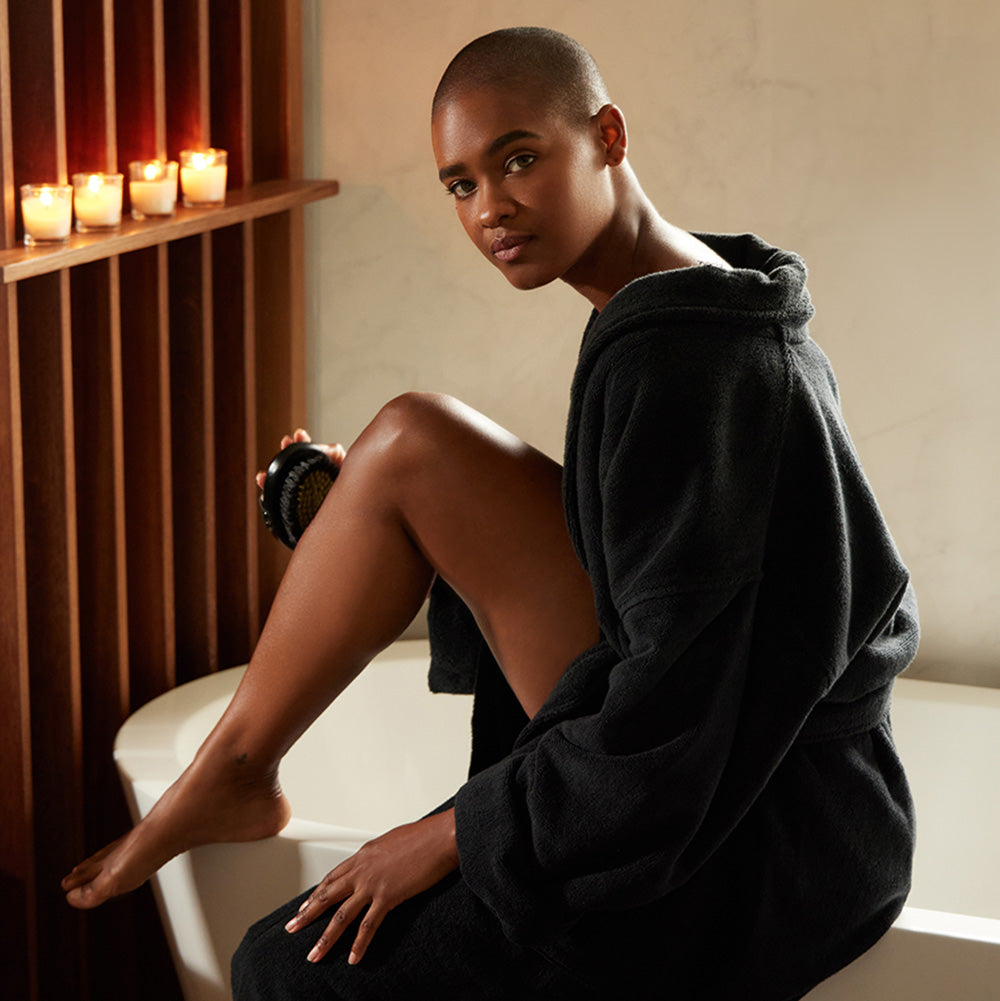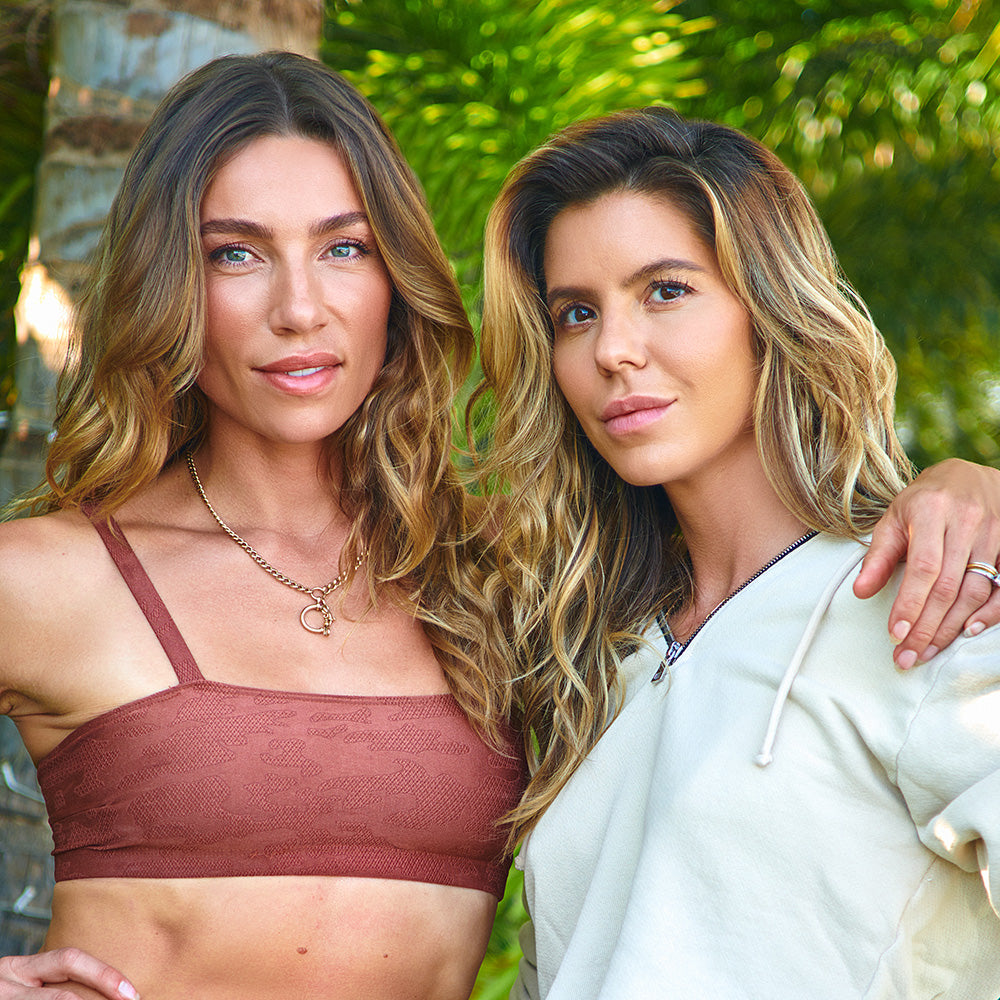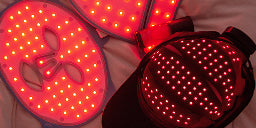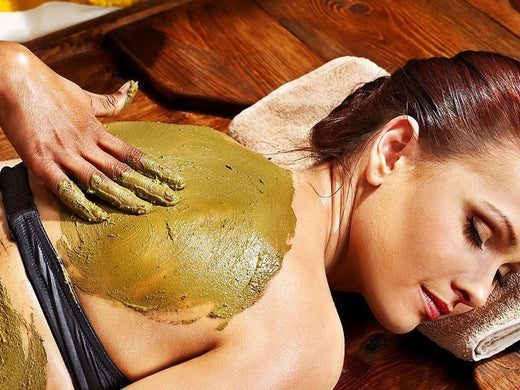
5 Types of Massages And Their Benefits
When it comes to massage, there's a whole playground of treatments to suit your mood—from a high-energy muscle whip to a feather-light, aromatherapy escape. Some days you’re ready to sculpt and tone, while on others, you just crave that silky, soothing touch that feels like a mini-vacay for your skin and muscles. No matter your vibe, treat yourself like the VIP you are with these irresistible massage experiences.
Here are five massage types and their benefits—whether you’re looking to ease muscle tension, speed up recovery, or melt away stress.
Lymphatic drainage massage
A lymphatic drainage massage, also known as MLD, does a lot to naturally detoxify your body and bring everything into balance. This type of massage targets your lymph nodes, a network of vessels that is a mixture of water, proteins, immune system components, and waste from cell metabolic processes. These little nodes are the body’s detoxifiers, eliminating debris and waste that can build up – and lead to puffiness, dull complexion, and discomfort.
A lymphatic drainage massage flushes out toxins that can slow or harm your nervous system. These toxins tend to block your hormones, and can cause your mood to shift toward feelings of anxiety or depression. Lymphatic drainage massage techniques involve two steps: clearing and reabsorption. The clearing process creates a vacuum so you can flush the area with more fluid. It’s important to drink lots of water in the days following a lymphatic drainage massage to get the best results. You’ll see that with regular MLDs, you’ll feel more balanced, uplifted, and calmer. Plus: smoother, sexier skin is one of the best benefits of lymphatic drainage!
Swedish massage
A Swedish massage is probably the most common type of massage and the one you’re most likely to receive at a salon or gym (unless you ask for something else). There are five strokes used in a Swedish massage:
- Effleurage: long, smooth strokes
- Petrissage: kneading, rolling, and lifting
- Friction: small circular movements
- Tapotement: percussion or light beating movements
- Vibration: rocking and shaking movements
A Swedish massage is great for relaxing and releasing tension, as well as for managing minor pain. If you’re recovering from a sports injury, many therapists will recommend regular Swedish massages. It can help release knots in your muscles and help your posture if you feel like you’ve been hunched over your laptop a lot recently.
Deep tissue massage
A deep tissue massage is one of the more intense massage treatments out there. This technique uses firm pressure and slow strokes to target deep layers of muscles, as well as the connective tissue surrounding muscles (fascia). “Deep tissue massage techniques are used to break up scar tissue and physically break down muscle "knots" or adhesions (bands of painful, rigid tissue) that can disrupt circulation and cause pain, limited range of motion, and inflammation,” describes VeryWellHealth.
When you go for a deep tissue massage, the therapist will start out with lighter strokes to increase your circulation and warm up your muscles. Then, expect to experience two different techniques:
- Stripping: deep, gliding pressure using the elbow, knuckles, thumbs
- Friction: smaller circular movements across the grain of a muscle to release tension
Athletes love a deep tissue massage: it can hit chronic pain where it hurts, relieving soreness, tight muscles, or injury. Deep tissue massages have a reputation for being intense, but you shouldn’t feel any pain during the massage. Discomfort is one thing, but pain is another. Expect to feel a lot of pressure for 60 - 90 minutes, and maybe some soreness a day after while your muscles recover.

Shiatsu massage
Shiatsu massage is a technique that originated in Japan – “shiatsu” roughly translates to “finger pressure.” Shiatsu massage relies on the same methodology as acupuncture: “As in acupressure, practitioners of shiatsu apply pressure to points on the body thought to be connected to pathways called ‘meridians.’ By stimulating these points, such therapists aim to promote the flow of vital energy (also known as "chi") and facilitate healing,” explains one expert.
During a shiatsu massage, the therapist will use their fingers, thumbs and palms to apply pressure to specific points of the body in a continuous sequence. Each point is typically held for two to eight seconds. Some of these pressure points might feel a little tender, but they shouldn’t be painful. Shiatsu massage aims to promote calmness and relaxation and is one of the milder massage techniques available. Nevertheless, it’s highly effective in relieving muscle tension, headaches, stress, and anxiety.
Aromatherapy massage
If you’re going for total bliss, aromatherapy might be the best massage technique for you. An aromatherapy massage typically uses the same technique as a Swedish massage, but with the benefit of essential oils to promote relaxation and healing. Here are some of the best essential oils you can ask your massage therapist to use, according to Vogue:
- For anxiety: vetiver, neroli, clary sage, and geranium
- For mental focus: peppermint and rosemary
- For sleep and relaxation: lavender, chamomile, and rose
- For sore muscles: vetiver, peppermint, helichrysum, and pine
- For energy: eucalyptus, peppermint, rosemary, cypress, and cardamom
An aromatherapy massage can lift your mood, relieve insomnia, help with certain digestive issues, and provide pain relief.
No matter what type of massage you go for, precede it with a session in a HigherDOSE sauna. The infrared heat in our saunas gradually increases your blood circulation, loosening toxins through sweat and pushing out heavy metals, radiation, environmental pollutants, fat, cholesterol, alcohol, nicotine and more. Purify your system and get your blood flowing before your massage to max out your Zen vibes.
Cited Sources
Healthline
VeryWell Health
VeryWell Health
Healthline
VeryWell Health
VeryWell Health
